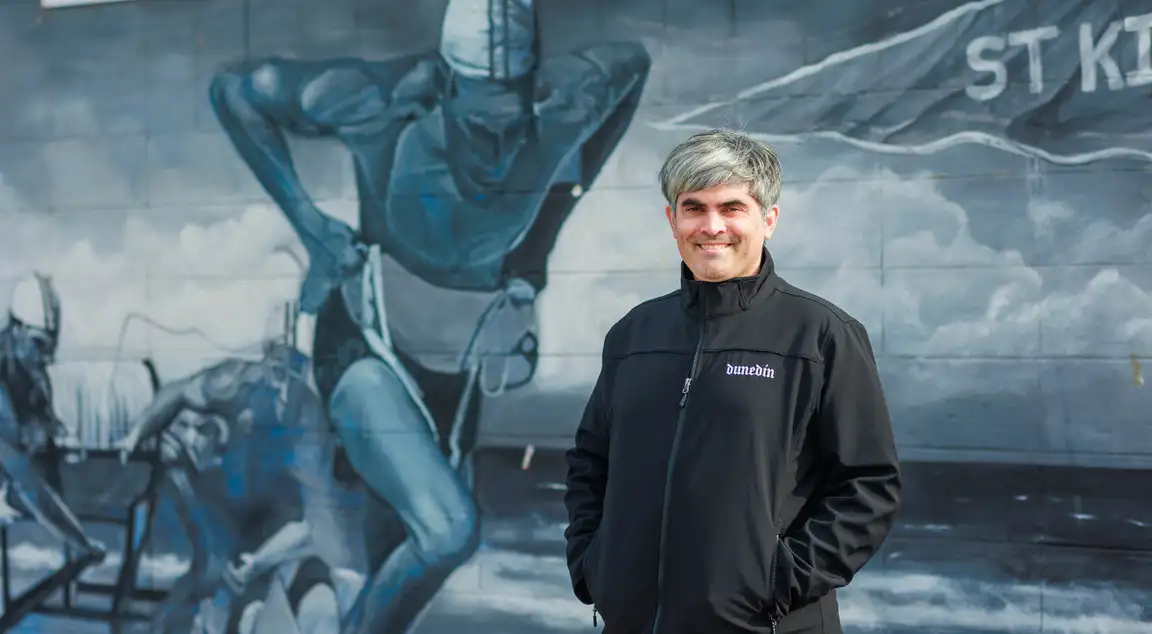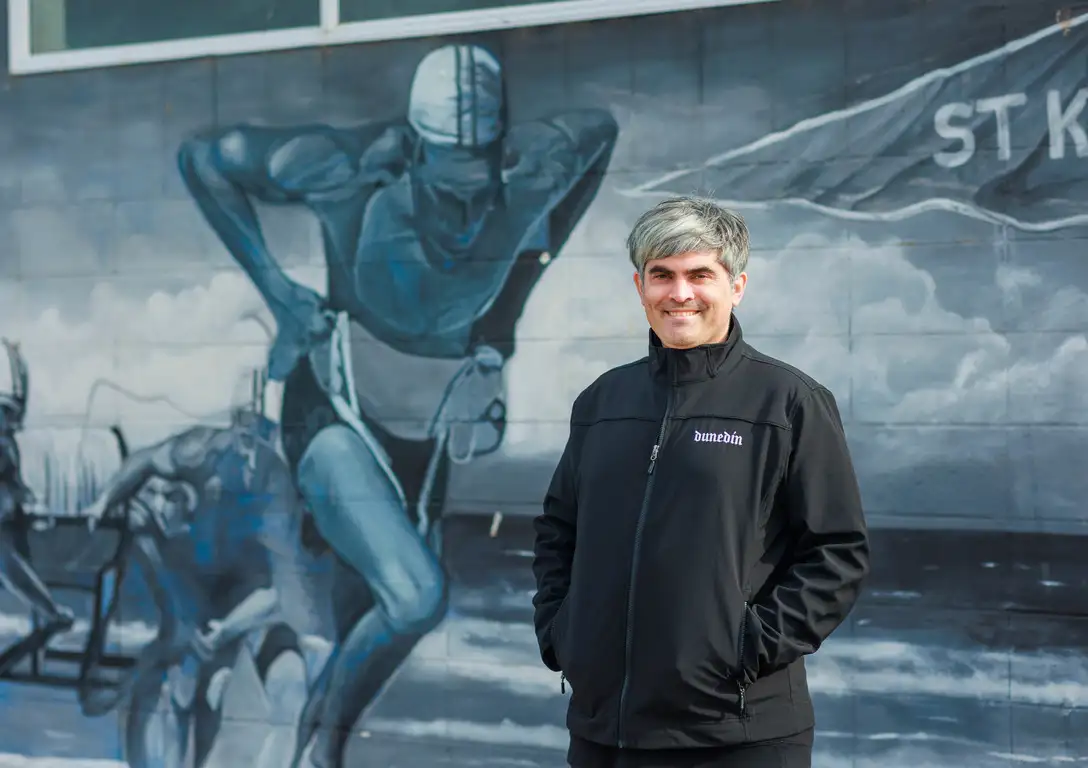Climate change



A massive flood was the catalyst for a difficult conversation about climate change and the need for adaptation.
We talked with Aaron Hawkins, former Mayor of Dunedin about how to engage communities on wicked problems and what to do when you don't have all the answers.
In 2015, South Dunedin - one of the most densely populated areas of New Zealand — was hit by major floods. “We had about three months’ worth of rain in a day,” says former mayor Aaron Hawkins. It was hugely detrimental to the area, and saw roads covered in knee high water, and around 1200 homes and businesses left water-damaged. “Unfortunately, it was exacerbated to some degree by poor performing infrastructure, which meant that we lost the trust of our community. And that made it hard to have meaningful discussions about the bigger picture future for that area.”
Yet it’s this big picture thinking that Dunedin City Council are engaging in with their South Dunedin Future programme, something the floods were a catalyst for. The programme aims to mitigate the effects of climate change on the community — both in the immediate sense, such as how to lessen and prevent the effects of major floods, and also with an eye to the next 50-100 years, with a focus on how the area can adapt to the inevitable (albeit uncertain) changes in the climate and environment. Because while the effects of climate change are going to be felt by nearly everyone over the coming decades, some places stand to be affected more — and more quickly — than others. South Dunedin is one of those communities.
The coastal area not only stands to be affected by sea level rises but is built on reclaimed wetlands and has what is known as ‘high groundwater’ — a perpetual layer of water under the surface. This makes South Dunedin particularly susceptible to flooding, something exacerbated by the fact it’s one of the city’s only flat areas (hence its colloquial name, ‘The Flat’), sitting at the bottom of Dunedin’s many hills.
But the future of South Dunedin isn’t just a climate change issue, it’s also a social one. South Dunedin regularly ranks as one of the most deprived areas on The New Zealand Index of Socioeconomic Deprivation. There’s a low level of home ownership and a high level of renters, and, due to its flatness, there’s a lot of people living there with mobility issues, such as the elderly or those with disabilities. As a result, it's a community that has historically been side-lined by local government. “Typically, South Dunedin was ignored by the council, to the rage of the community” says Eleanor Doig, chair of South Dunedin Community Network. “There’s been so much anger and distrust of the council.”
The South Dunedin Future programme, therefore, isn’t just about coming up with options for the various options to mitigate climate change’s effects. It’s about the council earning back the trust of the community and making sure their voices are heard when it comes to the decisions being made about their future. “Because it's a vulnerable population, I am determined, and the network is determined, that we will not be a community that is side-lined when those decisions are made,” says Eleanor, who’s been working to help engage the community in these crucial conversations. “Conversely, we will be at the table when those decisions are made.”
Dunedin City Council’s approach to the conversation is a people-focused one. “You win the trust back of your community one person at a time,” says Aaron. “So, the approach that we've taken since [2015] has been very much about going to talk to people on their own turf, and on their own terms.” This focus on engaging the people who live and work in South Dunedin has seen the council send staff to hundreds of meetings, from sports clubs to church groups to community organisations. “Anybody who will say yes,” says Aaron. “It's not the fastest way of doing it, but it is a more effective way of doing it. And working through what your future options might be, very much from a ground up, values-based perspective.”
An example of the success of this community-focused approach is the St Clair to St Kilda Coastal Plan, adopted by council in February 2022. It’s a strategy for how to manage this stretch of coastline over the coming years, and the climate-driven issues it’s set to face — from coastal erosion, to the danger of a historic landfill falling into the sea. For the plan, they carried out an engagement process similar to what council is undertaking with the South Dunedin Future programme, conducting a series of meetings with various community groups. In these, they focused on learning what mattered most to people about the area, then explored various management approaches and how they aligned with community’s feedback. “Historically, what we've done is sort of fix issues on an ad hoc basis, as they come up. So, we’ll patch up the seawall here, or extend the seawall here, or put sand sausages in here,” Aaron says, “Rather than think about the coastline as a whole.”
It’s this sort of holistic thinking and planning that is key to the South Dunedin Future programme, because while there’s a lot of risk to mitigate, there’s also opportunity. “That's the bit that I passionately endorse,” says Eleanor. “I see the opportunity for really good housing to replace really poor housing. I see the opportunity for a diverse community to become really active and its own wellbeing and welfare. And I see the potential for urban development concepts to be really fruitfully, excitingly engaged.”
Eleanor also sees the chance to change the model of how councils and communities work together. “What I see here is a real opportunity for a council and a community to do something really different, and to actually create a pathway for that real communication,” she says. “There is no known pathway at the moment where a community — truly a community, not a self-selected representative group called the community — is involved in understanding what the issues are, and being part of looking at options and understanding decisions that are being made, so that the community doesn't fracture around us. So that's our dream,” Eleanor says. “It's more than a dream.”